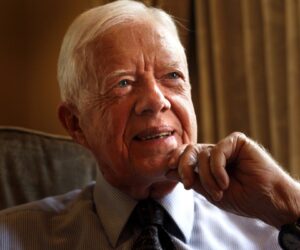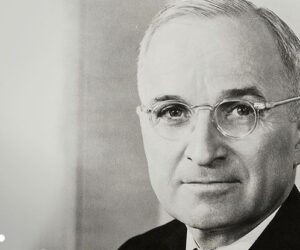James Madison served as the fourth President of the United States of America, from 1809 to 1817. During his eight-year tenure as President, he made major contributions to the ramification of the Constitution. Along with Alexander Hamilton, he wrote The Federalist Papers. Many refer to Madison as the Father of the Constitution. What are some of the biggest accomplishments by James Madison?
Born in 1751, he was an American statesman, diplomat, philosopher, and Founding Father. He served as the fourth President of the US.
Madison played a pivotal role in drafting and promoting the Constitution of the United States and the United States Bill of Rights.
Born into a prominent Virginia planter family, he served as a member of the House of Delegates and the Continental Congress during and after the American Revolutionary War.
Because of his dissatisfaction with the weak national government established by the Articles of Confederation, James helped organize the Constitutional Convention. It produced a new constitution to supplant the Articles of Confederation. His Virginia Plan served as the basis for the Constitutional Convention’s deliberations.
Following the ratification of the Constitution, he emerged as an important leader in the House of Representatives. Madison served as a close adviser to President George Washington. Madison succeeded Jefferson as the fourth president of the US. In 1812, he led the US into the war with the British.
With that in mind, let’s take a look at the most important James Madison’s accomplishments.
Directed the Philadelphia Convention
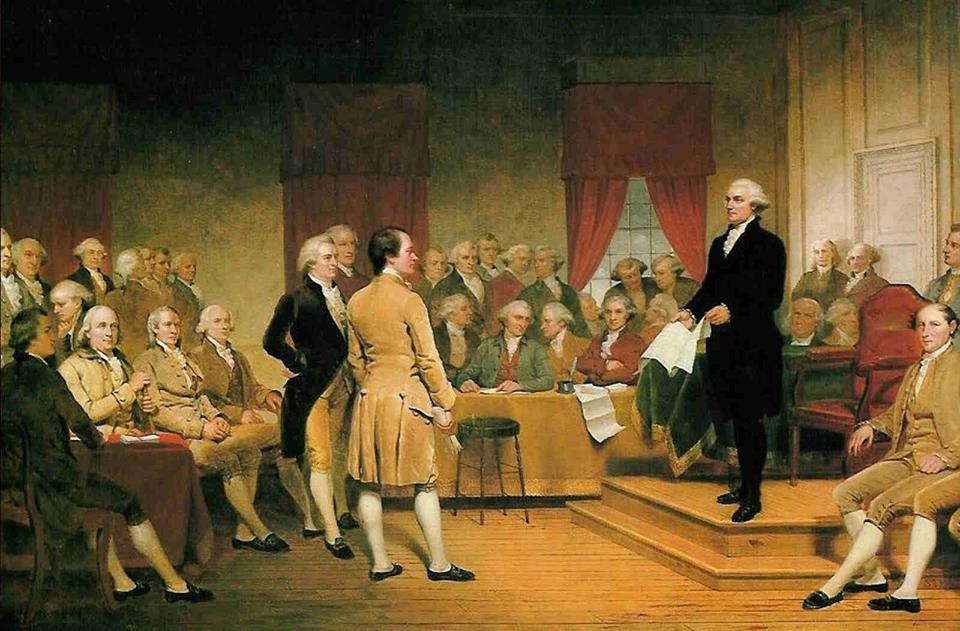
We said before that Madison showed dissatisfaction with the Articles of Confederation. That was the first constitution of the US. The Articles established the US as an association of sovereign states with a weak central government. It also gave no power to Congress to enforce its requests to the states.
Madison feared national bankruptcy and disunion. So, he directed the Philadelphia Convention in 1787 to amend the Articles.
He wrote the Virginia Plan as an outline for a new constitution. During the convention, he managed to convince other Congressmen that the new constitution should supersede the Articles. He spoke more than 200 times during the Convention, lasting from May 25 to September 17.
Drafting the Virginia Plan
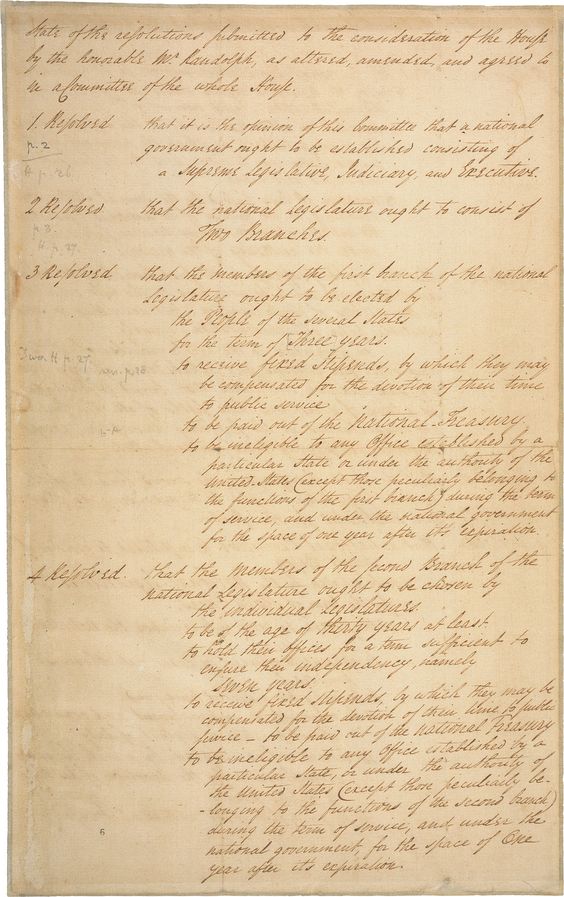
Simply inviting Congressmen to come to Philadelphia for the convention was not enough. Madison had to do more to convince them and show them something better. He drafted the Virginia Plan. Yet Edmund Randolph presented them at the Convention, the governor of Virginia.
The Virginia Plan outlined the way the US functions today. In it, Madison proposed that population should determine the number of votes each state receives. The New Jersey Plan, calling for one vote per state countered the Virginia Plan.
In the end, the Convention created a House of Representatives appointed by population and a Senate in which each state gets equal representation.
Father of the Constitution
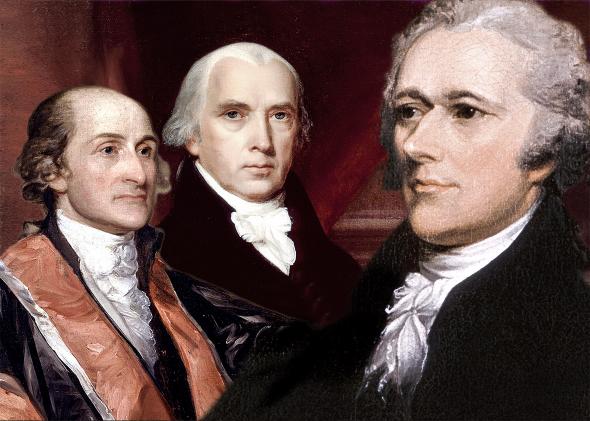
Madison was a federalist at heart. He campaigned for a strong central government. In his Virginia Plan, he expressed his idea of a three-part federal government. The three parts include executive, legislative, and judicial branches.
Many of his ideas made it to the Constitution. But the document faced opposition in many colonies. So, Madison joined Alexander Hamilton and John Jay in an effort to get the Constitution ratified. For his efforts, many consider him the Father of the Constitution.
These three wrote letters for the New York newspapers. Nowadays, we recognize these letters as The Federalist Papers.
Bill of Rights
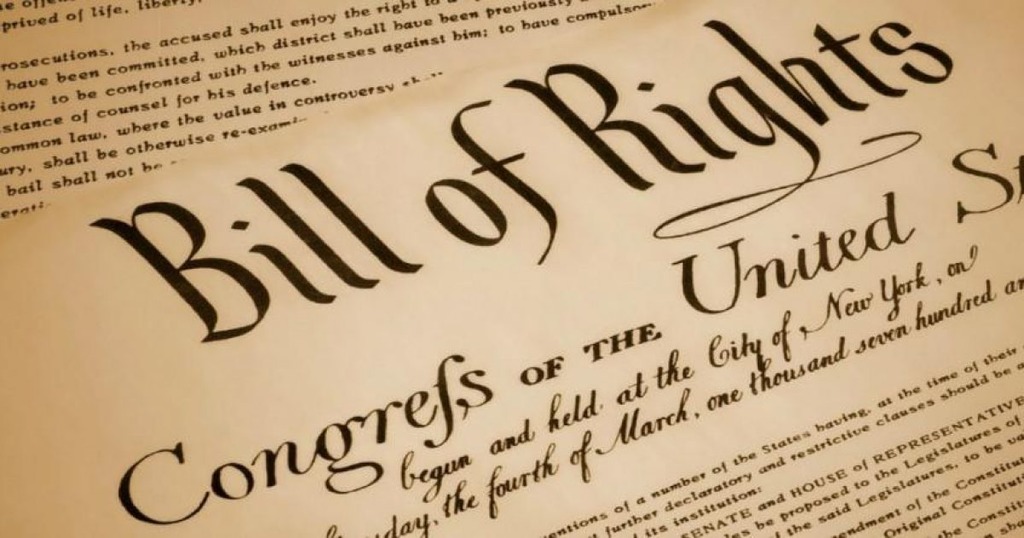
Another important document that Madison wrote is the Bill of Rights. He proposed it on June 8, 1789, at the House of Representatives. Congress agreed on the Bills three months later.
The Bill of Rights contains the crucial amendments. While some of his opening lists didn’t make the final cut, The House agreed on a version with 17 amendments. Later, the Senate consolidated the list to 12 amendments and the states approved 10 of them.
Co-founded the Democratic-Republican Party

Before the Constitutional Convention, he served from 1781 to 1783 as the youngest member of the Confederation Congress. Madison worked closely with George Washington to organize the new federal government.
In the early 1790s, the Federalist Party came into the scene. The party advocated centralizing policies and a strong national government. Thomas Jefferson and Madison had opposite views on the concentration of power.
So, these two founded the Democratic-Republican Party in 1791-1793. The party controlled the presidency and Congress from 1801 to 1825.
US Secretary of State
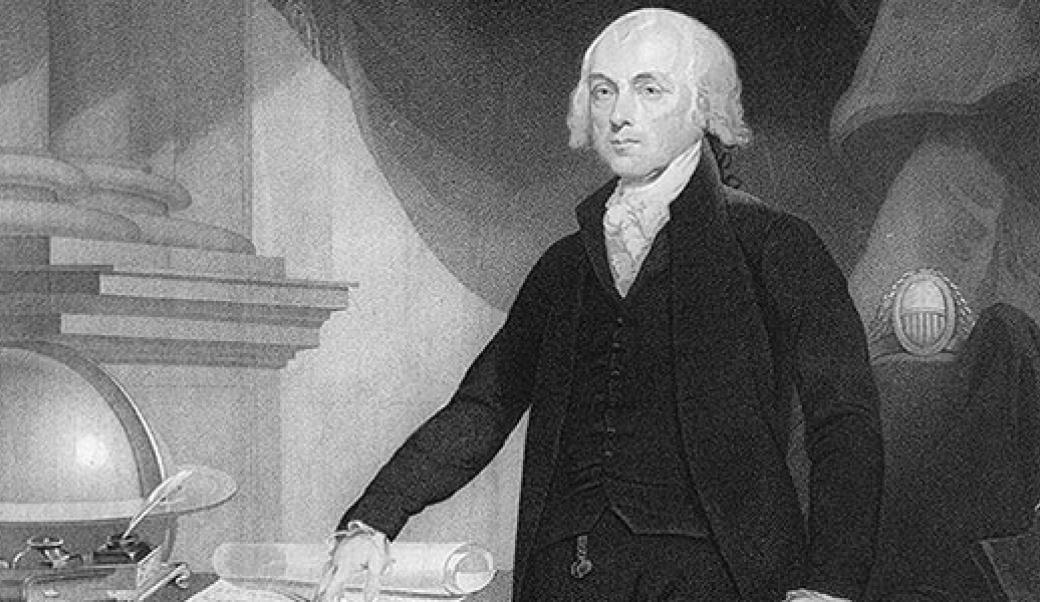
Madison and Jefferson were close friends. In fact, Jefferson played a mentor role to Madison. The two established the Democratic-Republican Party and played a role in Virginia Act for Establishing Religious Freedom.
When Jefferson served as President, he named Madison as Secretary of State. James had one of the most influential roles in Jefferson’s cabinet.
Fourth President of the US
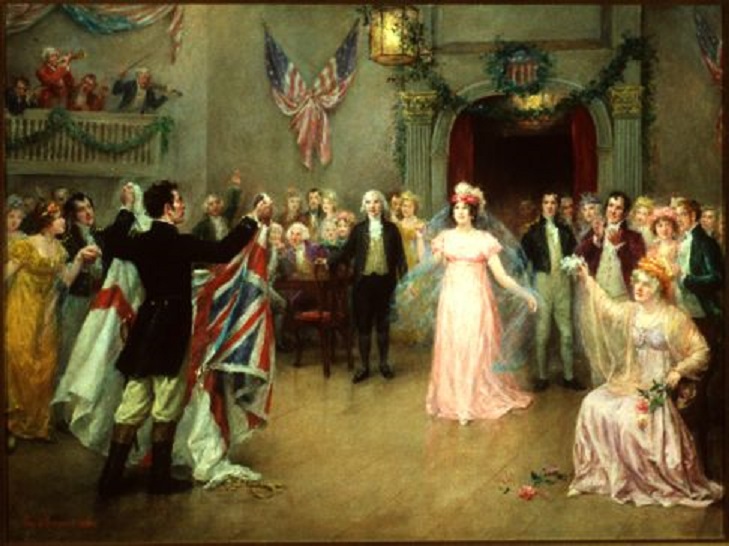
During the 1808 nominations, Madison faced competition from James Monroe, a former ambassador, and Vice President George Clinton. But the Democratic-Republican Party chose him as the candidate for the presidency.
Madison defeated Federalist candidate Charles Cotesworth Pinckney by winning 122 electoral votes and 64.7% of the popular vote.
The War of 1812
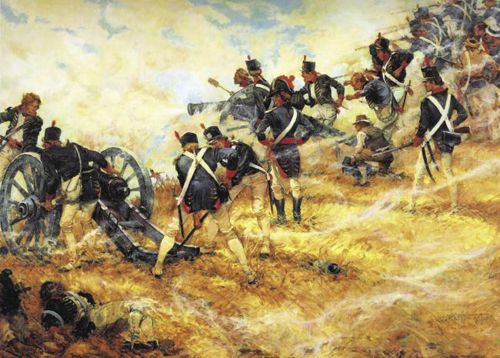
At the beginning of the 19th century, Great Britain got involved in a conflict with France. At the time, Madison served as president. He had a policy of trading with both nations.
But because Britain seized several US ships and forced captured crewmen to serve in the British Navy, tensions started between the two countries. On June 18, 1812, Madison signed the declaration of war upon the United Kingdom.
During the war, he faced challenges like a divided cabinet, incompetent generals, superior enemy, and much more. Britain won many battles, resulting in the burning of the capital, Washington in August 1814.
Yet, American troops managed to repulse the British invasion in New York, New Orleans, and Baltimore.
The war ended with the Treaty of Ghent in December 1814, restoring the status to the “state existing before the war”.
Following the end of the War, America experienced a prosperous age. Today, we refer to it as the Era of Good Feelings.
Separation of Power
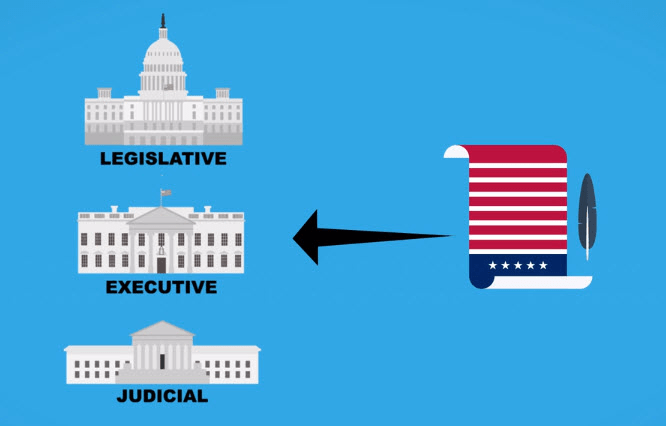
We said before that Madison advocated for a separation of power. He made sure at least three of the liberties guaranteed in the Bill of Rights applied to all states. Those are: no state shall violate the equal rights of conscience, or the freedom of the press, or the trial by jury in criminal cases.
He wanted to clearly spell out each branch of the government. He made sure each branch had clear and distinct roles.
Age of Prosperity
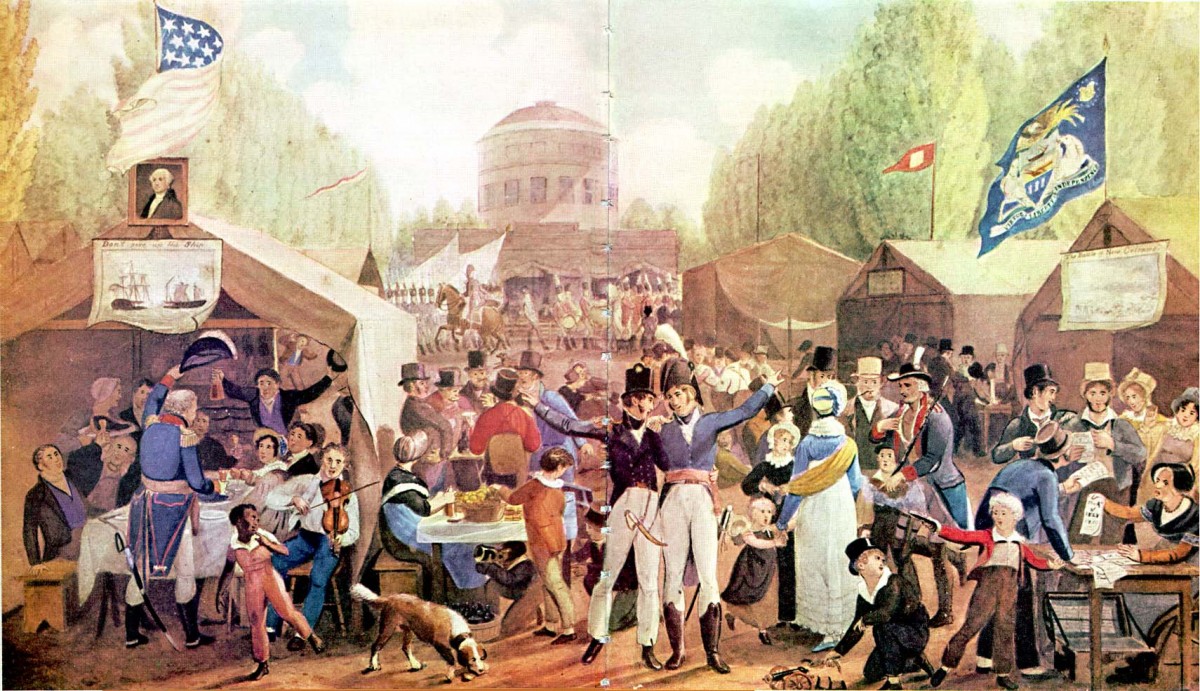
During his final years of presidency, the US saw unprecedented prosperity. Following the end of the War of 1812, his administration focused on domestic affairs.
He brought back the budget into surplus, implemented an effective taxation system, and established a professional military.
Today, scholars ranked him among the Top 10 most successful US presidents.

